

Your town’s arcade may have shut down in the mid-90s, but that shouldn’t stop you from getting your classic games fix. Archive.org – best known as that site you go on when you want to see what the Internet looked like in the 90s – has launched ‘The Internet Arcade‘, allowing players to relive classics from the 70s, 80s and 90s. No Coins or ROMs required.
The Internet Arcade is part of the JSMESS project, which aims to bring classic games to the browser through a simple JavaScript-based emulator.
The JSMESS project also aims to make it easy to embed emulated games into a web page, much like one would with a Youtube video or Tweet.
Archive.org previously launched the Console Living Room, which similarly offered a range of games from consoles of yesteryear.
Not every arcade game will work perfectly. Jason Scott, curator of The Internet Arcade and Textfiles.com writes “vector games are an issue, scaling is broken for some, and some have control mechanisms that are just not going to translate to a keyboard or even a joypad.”
With over 900 games available, there’s a great deal of choice on offer. But what classic games have survived the test of time? Here are 7 that are totally worth a revisit.
Why did the frog cross the road? To get to the other side, of course.
It sounds so simple, doesn’t it? You’re a frog, and you’ve got to cross a busy highway without ending up under the wheels of an SUV.

But Frogger was more than the world’s first roadkill simulator. It inspired a generation of young people to part with their allowance one quarter at a time, as they tried to reunite the eponymous amphibian hero with his family. Much like Angry Birds, it straddled a line between ‘frustrating’ and ‘annoying’, which gave it a moreish addictiveness that has contributed to its enduring popularity.
Frogger was reissued for the Xbox 360 in 2006 with improved graphics and a co-op play mode. If you would rather revisit the original in all its glory, you can play it here.
Ever work a paper route? If you haven’t, take it from me, it’s terrible. You start working when it’s still pitch black outside, and your friends are still warmly tucked into their beds. And the pay? Terrible.

So, why would you want to play a game based around that? Well, PaperBoy isn’t just about delivering newspapers. You’ve got to keep your loyal customers happy with regular deliveries, whilst simultaneously vandalizing the houses of non-subscribers and dodging anything that would knock you off your bike.
In short, it’s a rambunctious romp through teenage recidivism. And it’s awesome. You can play it here.
One of the things I love about video games from the 80s is how little sense they actually make when you think about them. Take DigDug for example.
Playing as the eponymous protagonist (who looks unmistakably like Papa Smurf), you have to dig deep into the ground, where you will hunt and kill as many Pookas and Fygars as possible.

It’s not explained why you’re trying to commit monster genocide. We don’t find out what they did to earn your ire. It’s certainly not explained why your weapons of choice are an air pump and stray boulders. But that doesn’t matter, because DigDug doesn’t stand on its story. It stands on its engrossing and addictive gameplay. You can play it here.
Galaga, like Frogger, is a game that is still infinitely playable 34 years after its release. The game mechanic is instantly recognizable, and has been used in countless other games.
You’re a lone starship, facing off against a horde of enemies. They swarm at you in waves, and as the game progresses, they get harder to fight and even more numerous. The player can move left and right, and shoot. And that’s it.

Sounds familiar? Thought so. It’s a simple mechanic, and one that has been replicated countless times on many platforms and in all kinds of games. But it’s one that works, and provides an exciting gaming experience you can dip in and out of.
You can play it here.
In 1991, the arcade industry was in a state of terminal decline. More and more people had switched to home gaming consoles. These were ultimately cheaper in the long run, and didn’t require you to line up to use them.
And then Street Fighter II came along. This was a Hadouken in the arm for the arcade industry, with almost 200,000 games cabinets sold. But why was it so successful?

Well, for starters, it was the game that popularized and defined the one-on-one fighter genre. It was something different when games were increasingly becoming homogenized. And one cannot understate how incredible the graphics were, especially at a time when Apple was still releasing computers with a greyscale user interface.
In short, it looked brilliant, and it was really, really fun. You can revisit this classic here.
Depending on who you ask, Crystal Castles are an Indietronica band from Toronto, or one of the most widely-loved arcade games of the 1980s.
The aim of the game is simple, if not a bit convoluted. You play as a Bentley Bear; a foul-mouthed cartoon bear who has found himself trapped in a maze-like, trimetrically-rendered castle.

Bentley has to secure your freedom by gathering gems and dodging the adversaries that plague his world. The ‘why’ isn’t explained. Like most games from that era, there isn’t much of a narrative.
However, Crystal Castles was unusual for the period as it concluded after nine levels, rather than continuing ad-infinitum. If you want to relive this surreal bit of gaming history, you can play it here.
I can’t not talk about Out Run, can I?
Before Burnout. Before Forza. Before Colin MacRae. We had Out Run. As driving games go, it isn’t particularly sophisticated. You’re put behind the wheel of a souped-up midlife-crisismobile, which you have to drive at increasingly unsafe speeds against a clock that is constantly ticking down.

It’s not the most cerebral game ever, but it was fun. The cabinet version actually moved with the car, meaning OutRun was one of the first video games with a physical, almost-tactile dimension.
Alas, when playing in the browser, you don’t really get to experience this facet of Out Run. But even still, it remains a fun, mindless, endlessly playable driving game. You can check it out here.
Does the Internet Arcade quite capture what gaming in the 80s was like?
Does it bring you back to a simpler time, when video games were transient, brightly colored boxes that would occupy a corner of a room before eventually moving on to another arcade, in another nowhere town? Does it quite capture the frustration of having to wait for an older, bigger kid to finish playing, before you get to have your turn?
Not really. But for a bit of nostalgia, and to see how games have came on in the past 40 years, I can’t fault the Internet Arcade.
If you’re still in the mood for some retro gaming after reading this article, why not try these 5 awesome retro games you can play on your Mac? Or perhaps even check out Dave LeClair’s 7 Atari 2600 games that are worth a revisit.
But what do you think? Have you paid it a visit? Is your favorite game there? Tell me about it. Drop me a comment below, and we’ll chat.
Photo Credits: Sam Howitz (More Arcade Games)
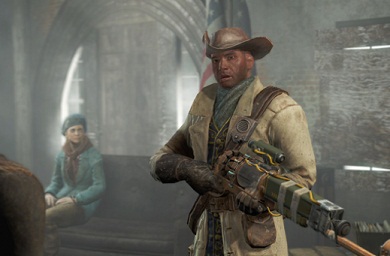
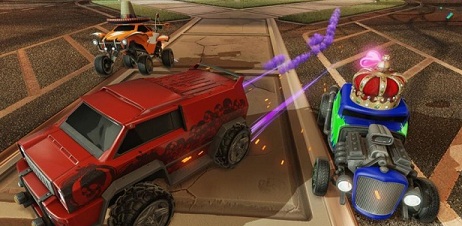
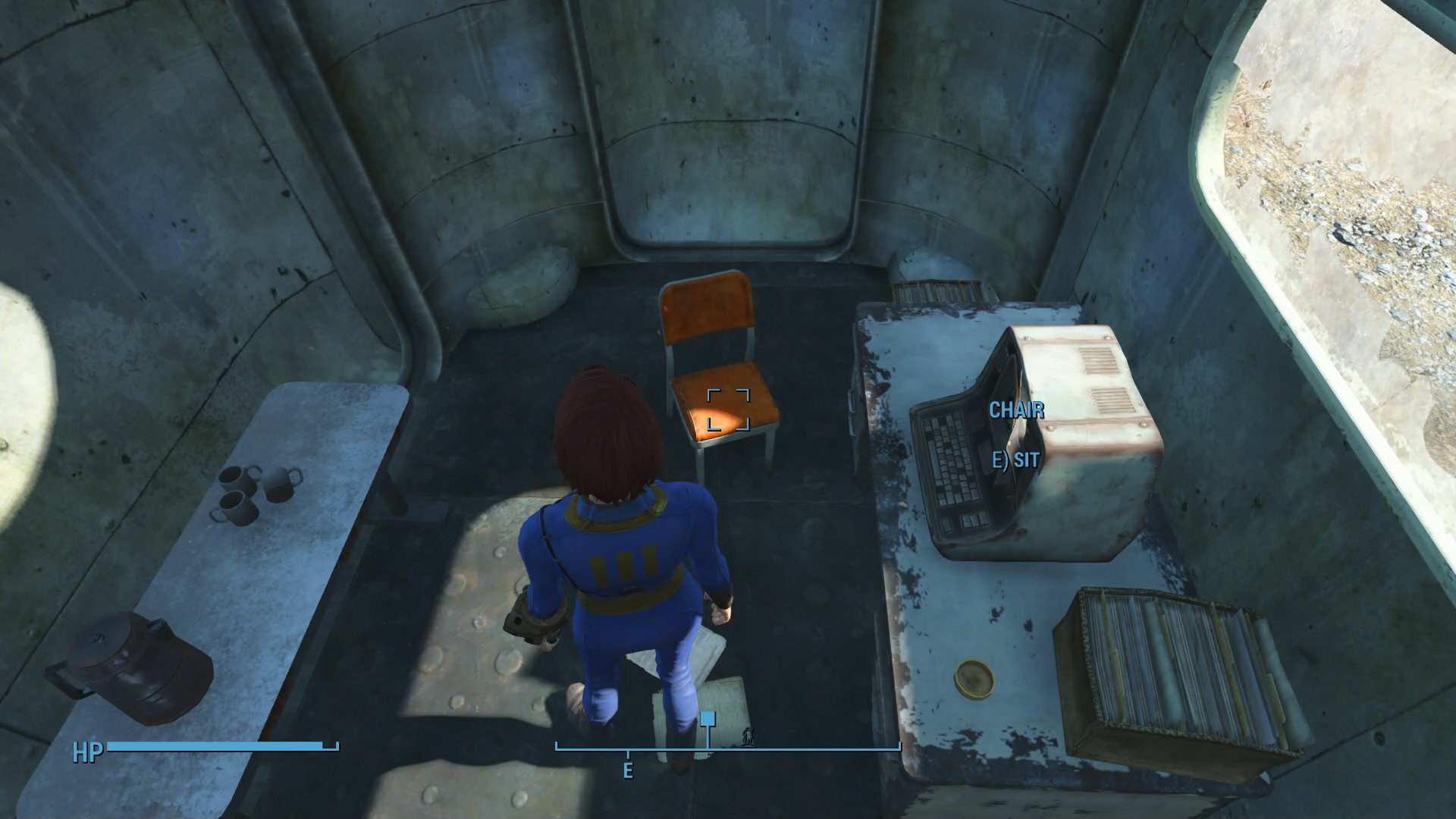
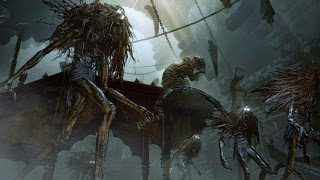
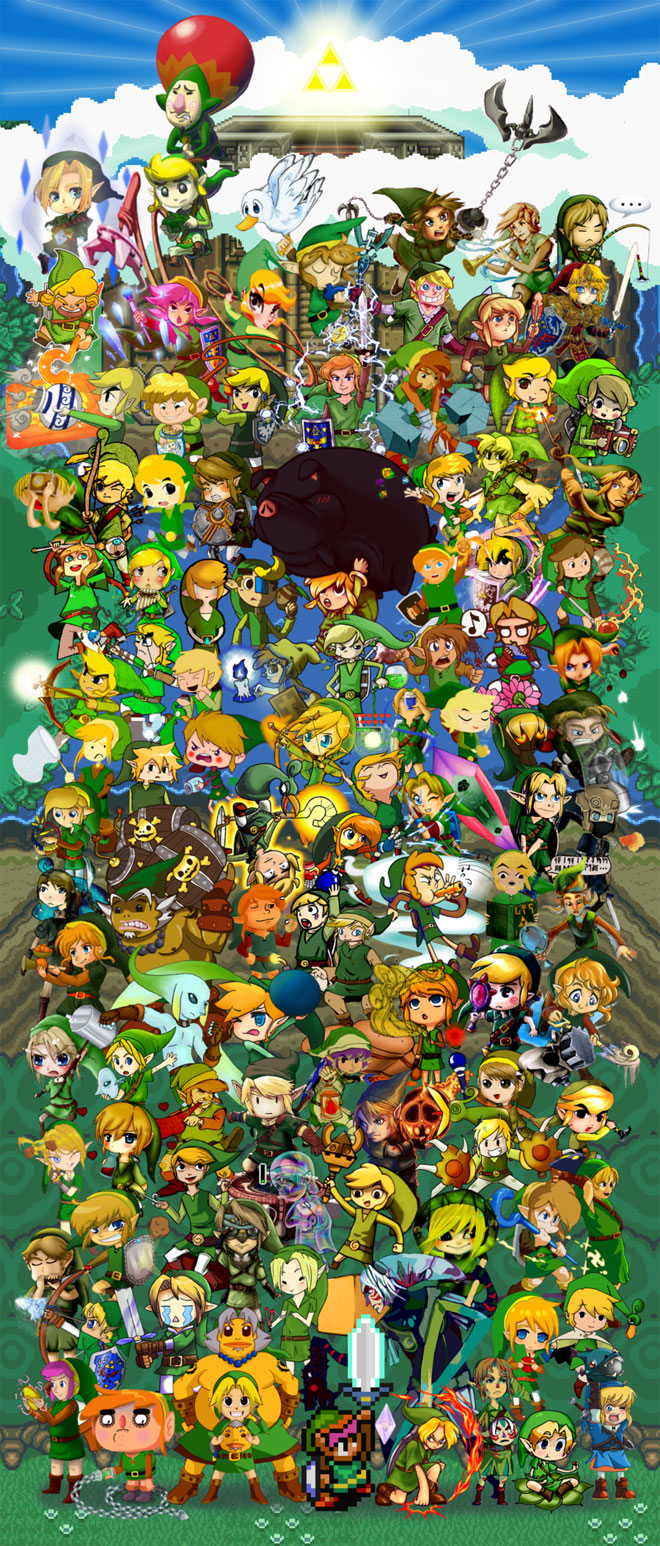 Massive Legend of Zelda Collaborative Artwork
Massive Legend of Zelda Collaborative Artwork Kerbal Space Program Interview: Behind the Space Agency Sim
Kerbal Space Program Interview: Behind the Space Agency Sim Halo 4 – Armor Abilities Strategy Guide
Halo 4 – Armor Abilities Strategy Guide GTA V Stunt Jump Locations
GTA V Stunt Jump Locations How to become the mayor of a Hotspot in Watch Dogs
How to become the mayor of a Hotspot in Watch Dogs